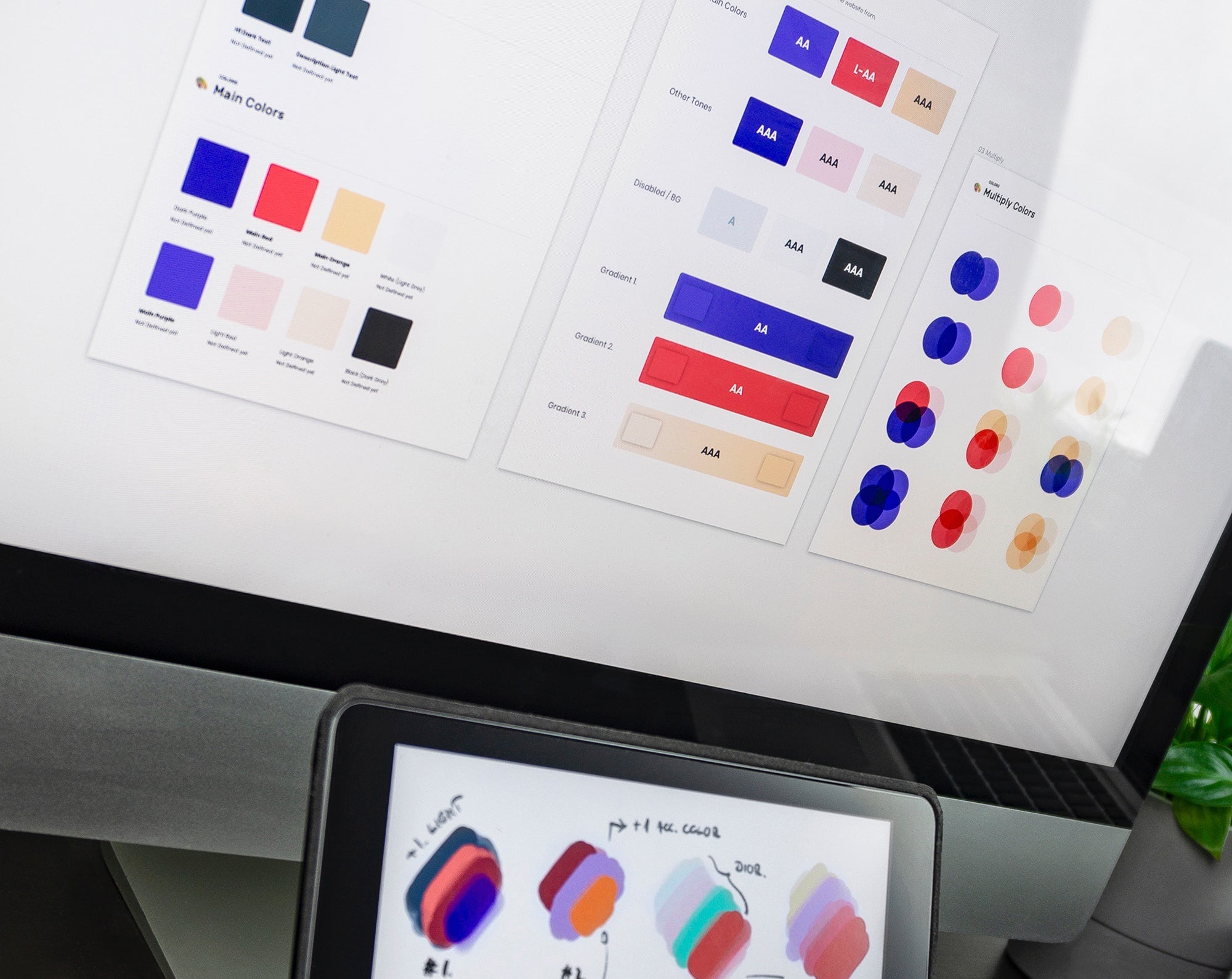The idea of design systems has been around for a long time, one of the most notable examples being the 1975 NASA Graphics Standard Manual. Notwithstanding, only recently have some companies realised that their design couldn’t keep up with the development of their businesses.
With a growing demand for good user experience and the increasing awareness and expectations of users, companies had to take appropriate steps. The need to create clean, consistent, and thoughtful designs made them gravitate towards design systems.
What Is a Design System?
A design system is a collection of reusable design standards, graphical components, and style guides, as well as rules and constraints which are implemented in design and code. These components can be reused in different combinations and consequently, accelerate the design process and facilitate assembling websites from components. These reusable elements can be rearranged to build any number of apps or websites.
Moreover, it helps to create a consistent, distinct look for a company. It often becomes a recognizable element of branding and an important part of the company’s identity. This consistency makes the products distinguishable and unique.
If you are interested in this topic, make sure to check out the most notable and recognizable design systems, such as:
- Material Design by Google,
- Carbon by IBM,
- Fluent by Microsoft, https://polaris.shopify.com/
- Atlassian Design,
- Polaris by Shopify.
Key Steps to Building a Design System
1. Conduct a visual audit
The first step in creating a design system is to evaluate the current design. Analysing the CSS and visual aspects will help in measuring the scale of the project. It’s also a deciding moment on which elements to keep, and which to redesign or replace.
2. Create a visual design language
The visual design language is what defines your design system. It’s made of recognizable components representing the style of your digital products. The visual design language consists of 5 elements:
- Colour – usually, companies choose 1-3 primaries representing their brand accompanied by tints or shades of these colours.
- Typography – it's advisable to keep the number of fonts low; most design systems include just 2.
- Sizing and spacing – should be evenly distributed and have a coherent balance.
- Imagery – should create a unique and consistent style for imagery and icons.
- Grid – should provide the foundation for consistently positioning elements onscreen.
3. Create a UI/pattern library
As an addition to the visual audit, it’s important to analyse the elements of UI. It’s advisable to collect all the components of your UI and keep only the needed features.
4. Document what each component is and when to use it
Create a guide on how to use particular elements to facilitate creating new products from already existing elements.
How Can Design System Benefit Your Company?
Creating a design system can be very beneficial for your company. Thanks to the design system, the whole project is coherent, thought-out, and refined in detail. Moreover, it allows you to create your characteristic style and emphasise your company’s uniqueness.
It provides a shared library of reusable components and guidelines. Thanks to that, the design system can also facilitate the collaboration between employees, improve communication and understanding between designers and developers, and increase work productivity, consequently reducing the time needed to develop new digital products.
Implement a Design System in Your Company
Design systems are getting more and more publicity and rightfully so, as they can significantly improve the process of developing consistent and unique products. Being a recognizable element of branding, design system can give your company a competitive advantage.
With the growing importance of good UX, it’s a good idea to think about creating your own design system.





